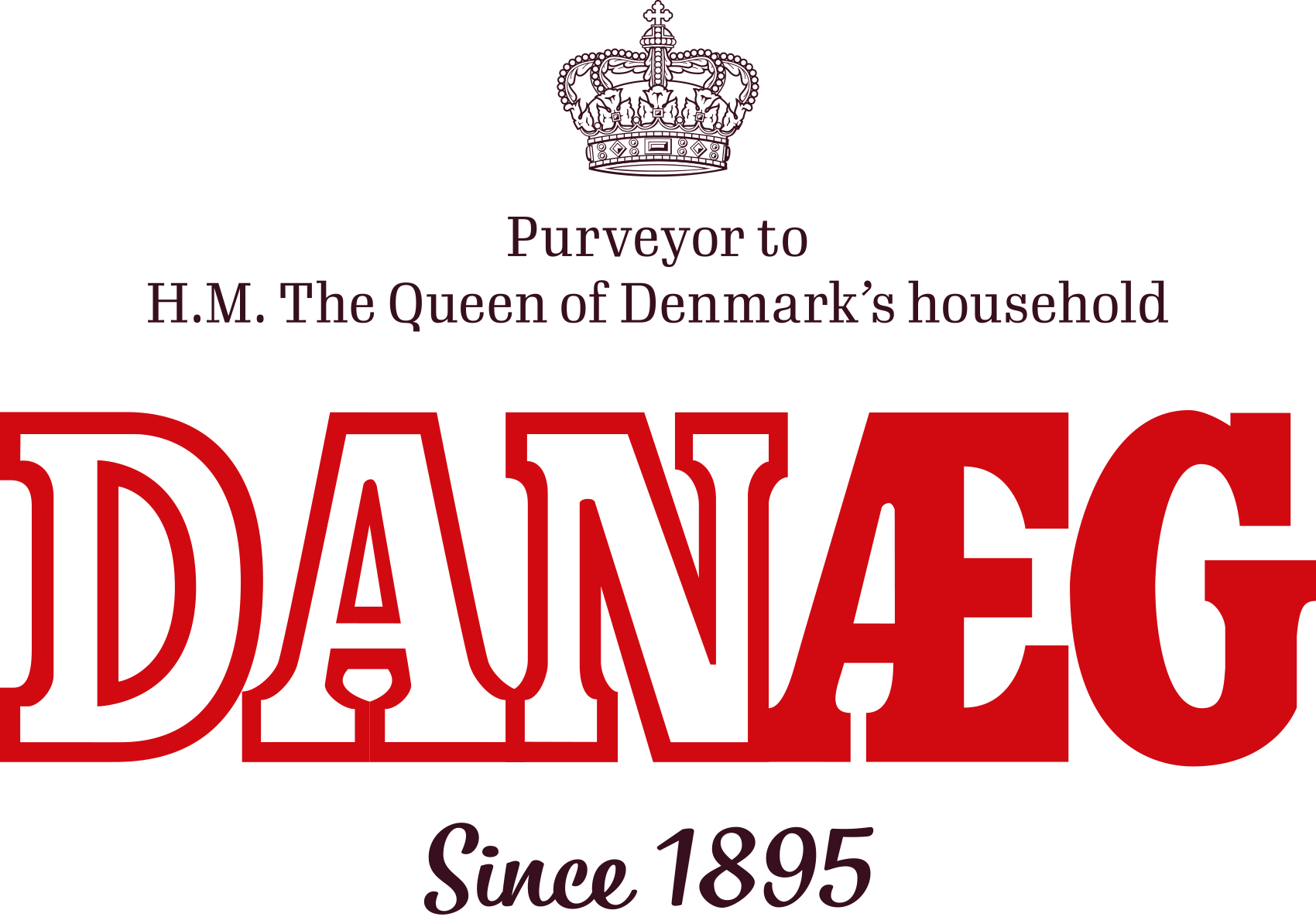Danish eggs
Look for DK on the egg
There are many good reasons to put Danish eggs in the shopping basket. Danish eggs are of Danish origin and quality. Our Danish farm owners and their employees produce the eggs with high credibility and pride. And then the transport of Danish eggs from the barn to the shop is shorter than the transport for foreign eggs.
Look at the eggshell
How do I know if the eggs are Danish?
In Europe, it is a legal requirement that all eggs have a traceability code, which makes it possible to trace each egg back to the individual farm. The code also tells in which country the egg was laid.
If you want to be sure that your eggs have been laid on a Danish farm, you must check whether the letters DK are on the egg's shell. Eggs from the three packing plants in the trade association Danske Æg - of which Danæg is a member - also stamp a red / white coat of arms on their eggs and on the egg trays.
Among the world's safest
Why should I choose Danish eggs?
Danish eggs are among the safest in the world. Since 2012, Danish eggs have had salmonella special status in the EU. Production is subject to one of the world's strictest control programs, where the hens are tested for all types of salmonella every 14 days. With Danish eggs, you are also sure that the chickens are bred in Denmark.
At Danæg, we have introduced extra salmonella control and we therefore test our hens every single week.
When you put Danish eggs on the dining table, you make a contribution to our Danish farm owners - and thus Danish workplaces.
Done with beak trimming
Is it allowed to beak-trimmed hens in Denmark?
Beak trimming of organic hens has always been forbidden and in 2013 the cage egg producers decided to stop beak trimming of their hens. In 2014, the trade association Danske Æg - of which Danæg is a member - also introduced a total stop for beak trimming of scraper and free-range hens.
At Danæg, we therefore do not beak trim our hens.
The trade association Danish Eggs
What does the DANISH EGG label stand for?
Until now, the curious consumer has been able to read the origin of an egg via the code on the egg's shell, where ‘DK’ has indicated that the egg was laid by a Danish hen. Since 2018, the egg packers in the industry organization ‘Danske Æg’ - of which DANÆG is a member - have stamped their eggs with a mark representing a Danish flag. In addition, the label is printed on all egg trays from Danske Ægs members.
The certification is the consumers' guarantee that the purchased eggs are of Danish origin, and that the producers live up to high standards for food safety, health and animal welfare, which go beyond the established rules in the EU. For example, each link in the production chain has specific requirements that members must meet and which are audited each year.
20 times as often as abroad
How often are Danish hens tested for salmonella?
In Denmark, laying hens are tested for salmonella every two weeks. In comparison, hens in the EU are tested for salmonella every 15 weeks. This means that a Danish hen is checked approximately 20 times in its lifetime against only 3 times for a European hen.
At Danæg, we have introduced extra salmonella controls. That is why we test for salmonella every single week.
There is a difference
How are Danish, organic hens raised?
There is a difference in how Danish and foreign, organic hens are bred. Under EU law - and thus in many European countries - organic chickens must be reared according to conventional production principles until the hens are 16 weeks old. Only then do the hens live under the requirements for organic egg production.
In Denmark, we breed organic chickens from day 1. This means, for example, that the chickens - and later the hens - get organic feed throughout their lives, just as they have the opportunity to go out in an outdoor chicken farm. In the barn, the chickens must have natural daylight, and there are fewer chickens per day. square meters compared to conventional breeding.
